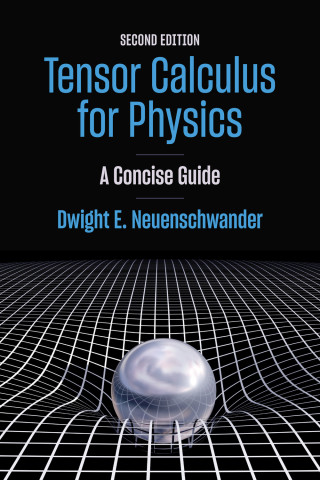
Reviews
You don't have to be an engineer to build a fast race car but that certainly helps. Fast Car Physics helps enthusiasts apply the knowledge they gained in high school and college physics courses to the operation and tuning of a track car. Best of all, he does it in a clear and easy-to-follow manner.
Fans of fast wheels and science alike will get a charge from this look at motor sports by a physicist and amateur race car driver.
If motor racing and physics are your thing, you will love this book.
Editor's Pick. Fast Car Physics is an excellent book for understanding the science and engineering behind car racing.
A fine pick for any science of racing fan's collection!
The book functions well as a deep look into auto racing as well as a good description of applied physics.
Book Details
Preface
Acknowledgments
1. Torque or Horsepower? Finding the Shift Points
1.1. Acceleration and Newton's Second Law
1.2. Velocity, Speed, Rotation, and Engine rpm
1.3. The Car, Horsepower, and Torque
1.4
Preface
Acknowledgments
1. Torque or Horsepower? Finding the Shift Points
1.1. Acceleration and Newton's Second Law
1.2. Velocity, Speed, Rotation, and Engine rpm
1.3. The Car, Horsepower, and Torque
1.4. Tire Markings
1.5. Calculations
1.6. First Gear, It's All Right. Second Gear...
1.7. Summary
2. Horsepower, 0 to 60 mph, and the Quarter Mile
2.1. Horsepower
2.2. How Does Drag Force Affect Shift Points?
2.3. Gear Ratios
2.4. Calculating 0 to 60 mph Times
2.5. Assumptions and Results
2.6. What Is the Limit for 0 to 60 mph?
2.7. Aerodynamic Drag
2.8. Correction Factors
2.9. The Quarter Mile
2.10. Flat Torque Curves
2.11. Top Fuel Dragsters
2.12. Summary
3. Finding the Racing Line: Road Racing
3.1. The Traction Circle
3.2. Ninety Degree Right-Hand Turn
3.3. General Turn
3.4. Constructing a Track Model
3.5. Types of Turns
3.6. Type 1 Turn
3.7. Type 2 Turn
3.8. Type 3 Turn
3.9. Turning While Speeding Up
3.10. Summary
4. Basic Vehicle Dynamics: Load Transfer and Tires
4.1. Center of Gravity
4.2. Longitudinal and Lateral Center of Gravity
4.3. Height of the Center of Gravity
4.4. Load Transfer and the Static Stability Factor
4.5. Tires and Forces
4.6. Tire Construction
4.7. Wheels
4.8. Tires under Static Load
4.9. Tires under Dynamic Load
4.10. Contact Patch Friction
4.11. Material Properties and Testing
4.12. Longitudinal Force and Longitudinal Slip
4.13. Lateral Force and the Slip Angle
4.14. Aligning Torque
4.15. Summary
5. Steering and Suspension
5.1. More on Steering
5.2. Bicycle Model: Oversteer and Understeer
5.3. Wheel Alignment
5.4. Suspension Basics
5.5. Double A-arm or Wishbone Suspension
5.6. MacPherson Strut Suspension
5.7. NASCAR-Type Solid Rear Axle
5.8. Springs and Dampers
5.9. Shock Absorbers
5.10. Lateral Load Transfer: Advanced Approach
5.11. Correcting Handling Problems
5.12. Understeer Correction
5.13. Oversteer Correction
5.14. Summary
6. Green Racing
6.1. What Is Green Racing?
6.2. Regenerative Braking
6.3. Mechanical Energy Storage: Flywheels
6.4. Mechanical Energy Storage: Batteries
6.5. Mechanical Energy Storage: Capacitors
6.6. What Type of Hybrid Is It?
6.7. Parallel Configuration Hybrid: Toyota Prius
6.8. All-Electric Vehicles
6.9. Fuel Cells
6.10. Alternative Fuels
6.11. Summary
Conclusion
Get Off the Streets and Go Racing!
Suggested Reading
Index





